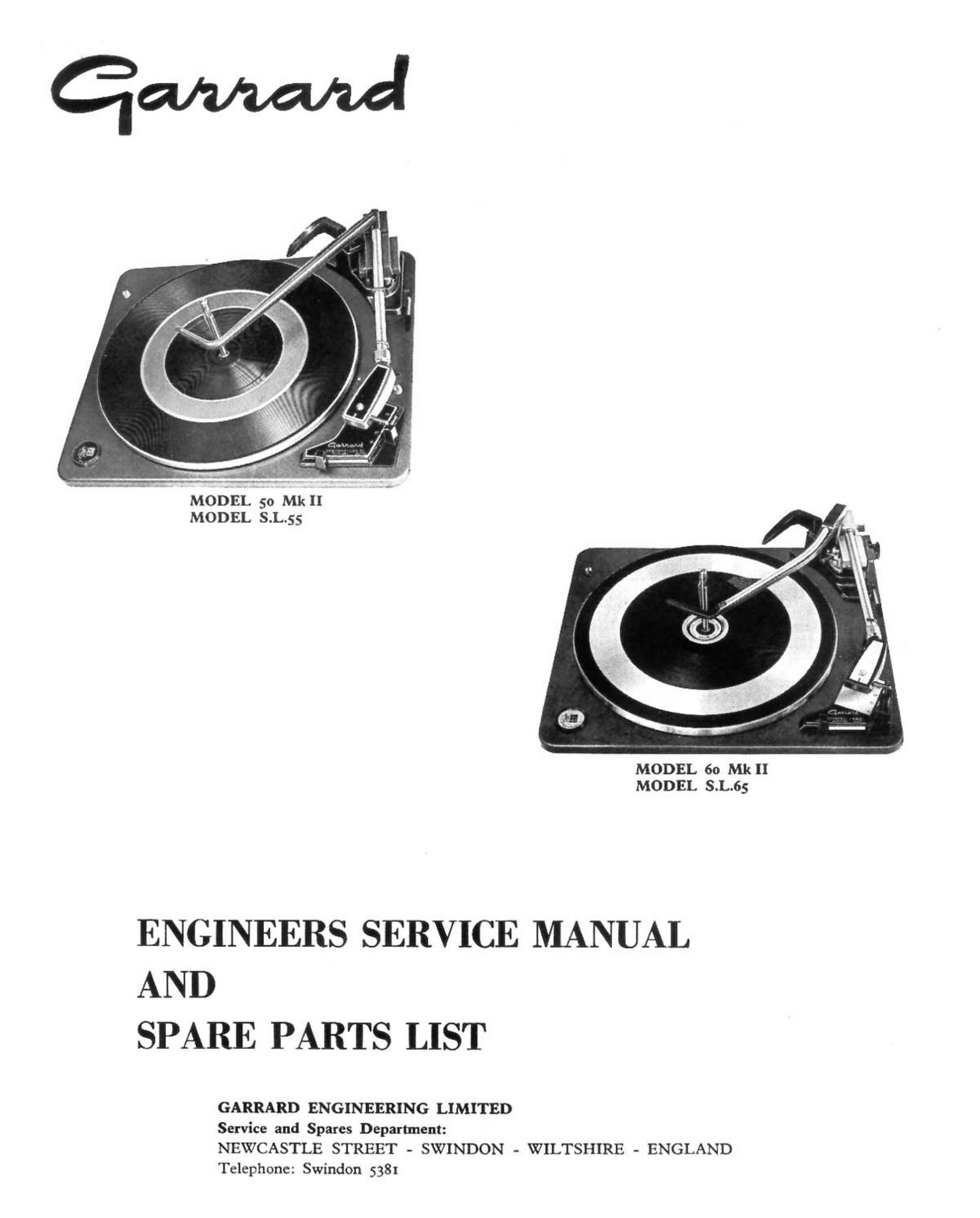Garrard 50 Mk2 60 Mk2 SL 65 SL 55 Service Manual
This is the 25 pages manual for Garrard 50 Mk2 60 Mk2 SL 65 SL 55 Service Manual.
Read or download the pdf for free. If you want to contribute, please upload pdfs to audioservicemanuals.wetransfer.com.
Page: 1 / 25
